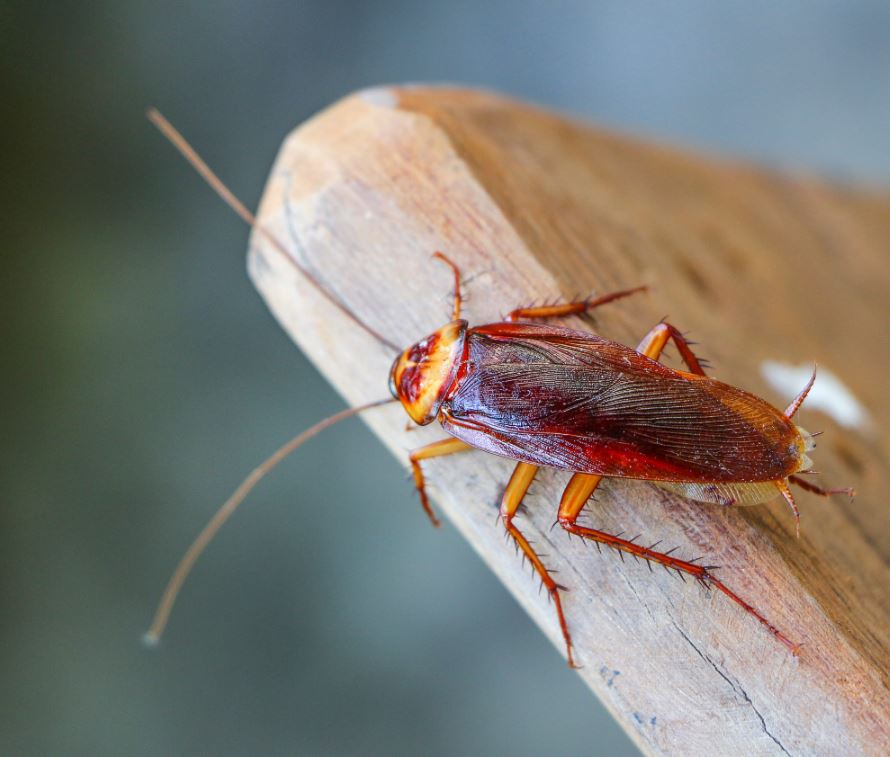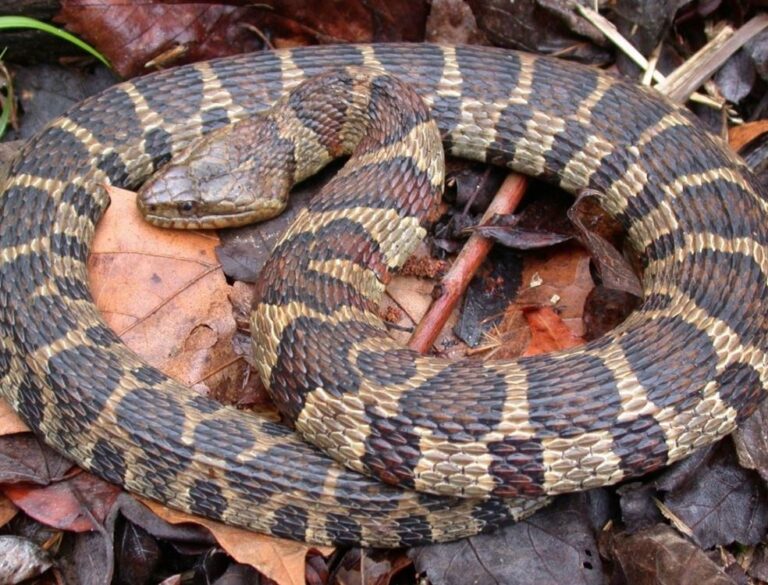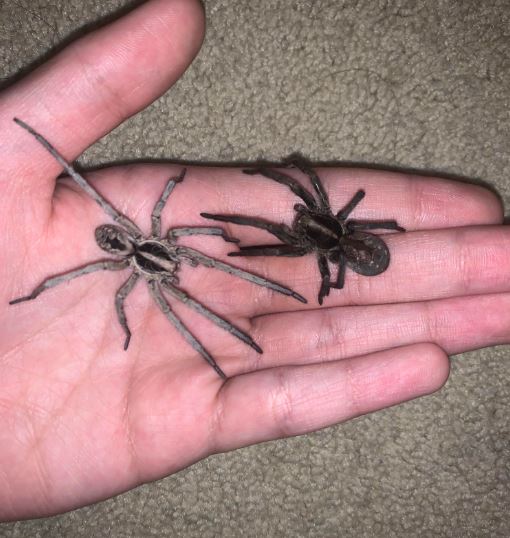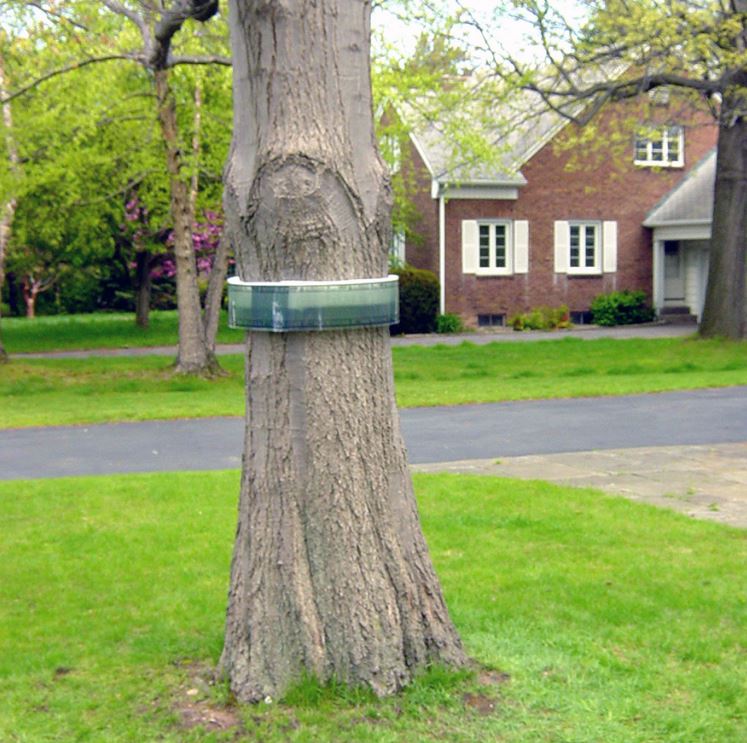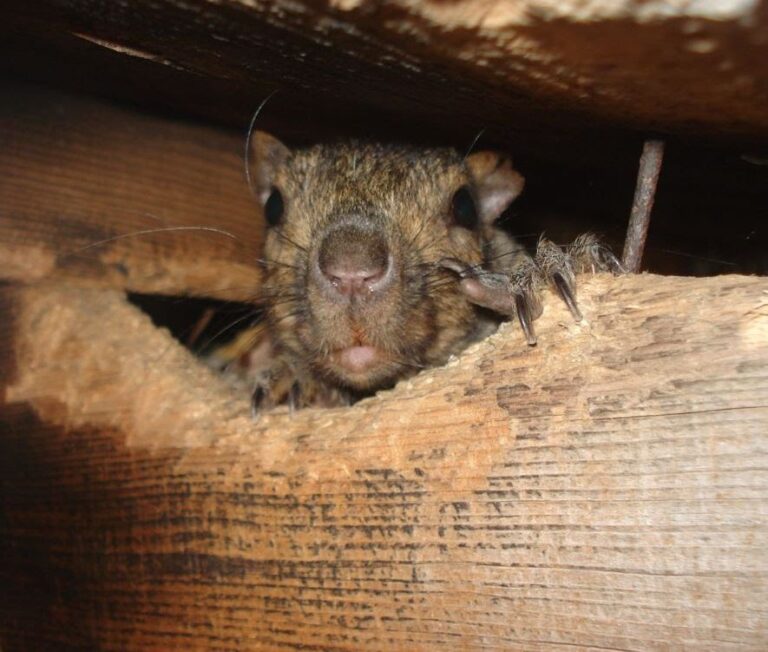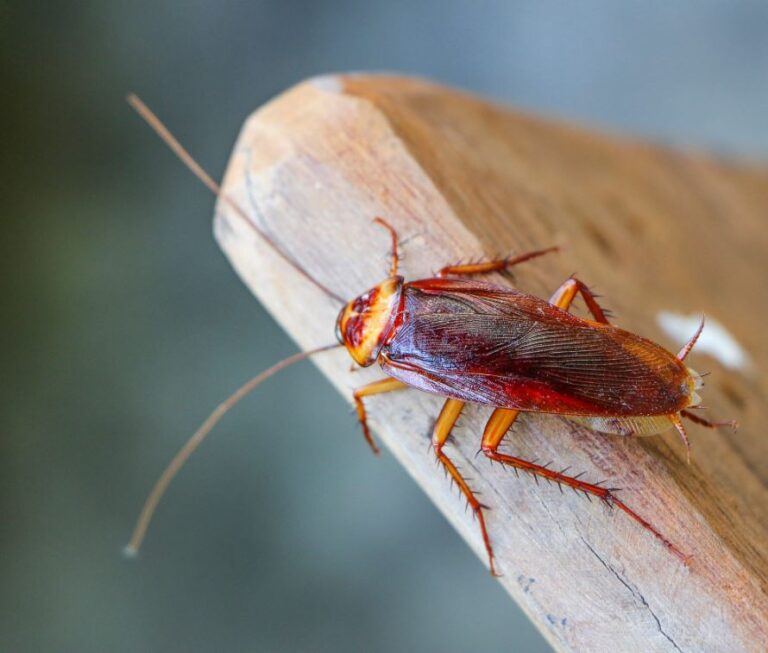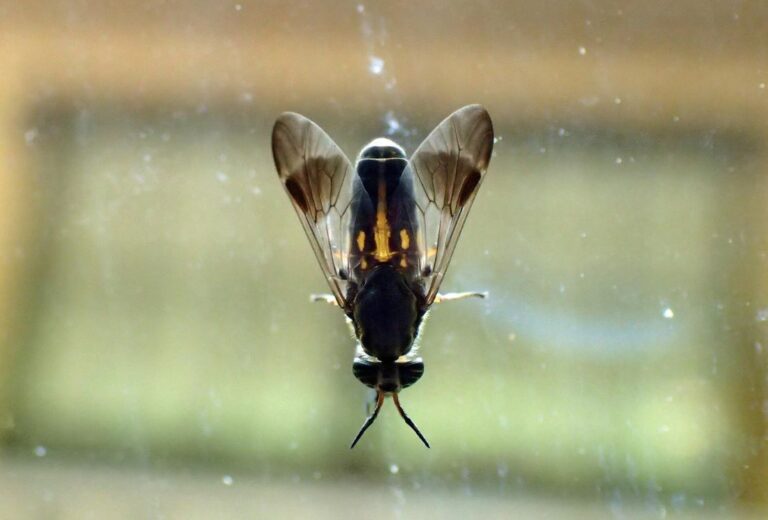All About Palmetto Bugs – The Ultimate Guide
By SlashScroll | Pest Control & Wildlife Insights
If you’ve ever encountered a large, fast-moving cockroach scurrying across your floor in the southern U.S., chances are you’ve met the infamous palmetto bug. These hardy insects are a common sight in warm, humid climates, often sparking fear and frustration among homeowners.
But what exactly are palmetto bugs? Are they different from regular cockroaches? And most importantly—how do you get rid of them?
This complete guide covers everything you need to know, from identification and behavior to prevention and control.
What Is a Palmetto Bug?
The term “palmetto bug” is a regional nickname used primarily in the southeastern United States to describe certain species of large cockroaches. Contrary to popular belief, it’s not a distinct species but rather a colloquial term for:
- American cockroach (Periplaneta americana)
- Smoky brown cockroach (Periplaneta fuliginosa)
- Florida woods cockroach (Eurycotis floridana)
These roaches thrive in warm, damp environments and are often associated with palmetto trees, mulch, and decaying organic matter—hence the name.
Key Characteristics:
✔ Size: 1.5 to 2 inches long (larger than German cockroaches)
✔ Color: Reddish-brown to dark brown
✔ Wings: Fully developed, capable of short flights (though they prefer running)
✔ Behavior: Nocturnal, fast-moving, attracted to moisture
Palmetto Bug vs. Cockroach: What’s the Difference?
Many people wonder if palmetto bugs are different from common cockroaches. The answer? They’re essentially the same.
- “Palmetto bug” is just a regional term for larger outdoor roaches.
- German or Oriental cockroaches are typically smaller and more likely to infest kitchens.
- Palmetto bugs prefer damp outdoor areas but will invade homes for food and shelter.
Where Do Palmetto Bugs Live?
Palmetto bugs are commonly found in:
Outdoors:
- Under mulch, leaf piles, and logs
- Inside palm trees (especially palmetto plants)
- Near sewers, drains, and garbage areas
Indoors (When They Invade):
- Bathrooms & basements (damp areas)
- Kitchens & pantries (food sources)
- Crawl spaces & attics (dark, humid spaces)
They often enter homes through:
✔ Cracks in foundations
✔ Gaps around pipes & vents
✔ Open doors & windows
Are Palmetto Bugs Dangerous?
While they don’t bite or sting, palmetto bugs can pose health risks, including:
⚠ Contaminating food with bacteria (Salmonella, E. coli)
⚠ Triggering allergies & asthma (via shed skin and droppings)
⚠ Spreading pathogens from garbage and sewage
How to Prevent & Get Rid of Palmetto Bugs
Prevention Tips:
- Seal entry points – Caulk cracks, install door sweeps, and repair screens.
- Reduce moisture – Fix leaks, use dehumidifiers, and ensure proper drainage.
- Eliminate food sources – Store food in airtight containers, clean spills quickly, and take out trash regularly.
- Clear outdoor debris – Keep mulch, leaves, and woodpiles away from your home.
Effective Removal Methods:
- Bait stations & gel baits (Effective for long-term control)
- Insecticide sprays (For immediate knockdown)
- Boric acid powder (A natural but potent roach killer)
- Professional pest control (For severe infestations)
Myths About Palmetto Bugs
❌ “They only live in palmetto trees.”
→ They thrive in many damp environments, not just palmettos.
❌ “They can survive a nuclear blast.”
→ While roaches are hardy, they’re not indestructible.
❌ “They’re a completely different species.”
→ They’re just large cockroaches with a regional nickname.
Final Thoughts
Palmetto bugs are a nuisance but manageable with the right prevention and control strategies. By reducing moisture, sealing entry points, and maintaining cleanliness, you can keep these unwelcome guests at bay.

